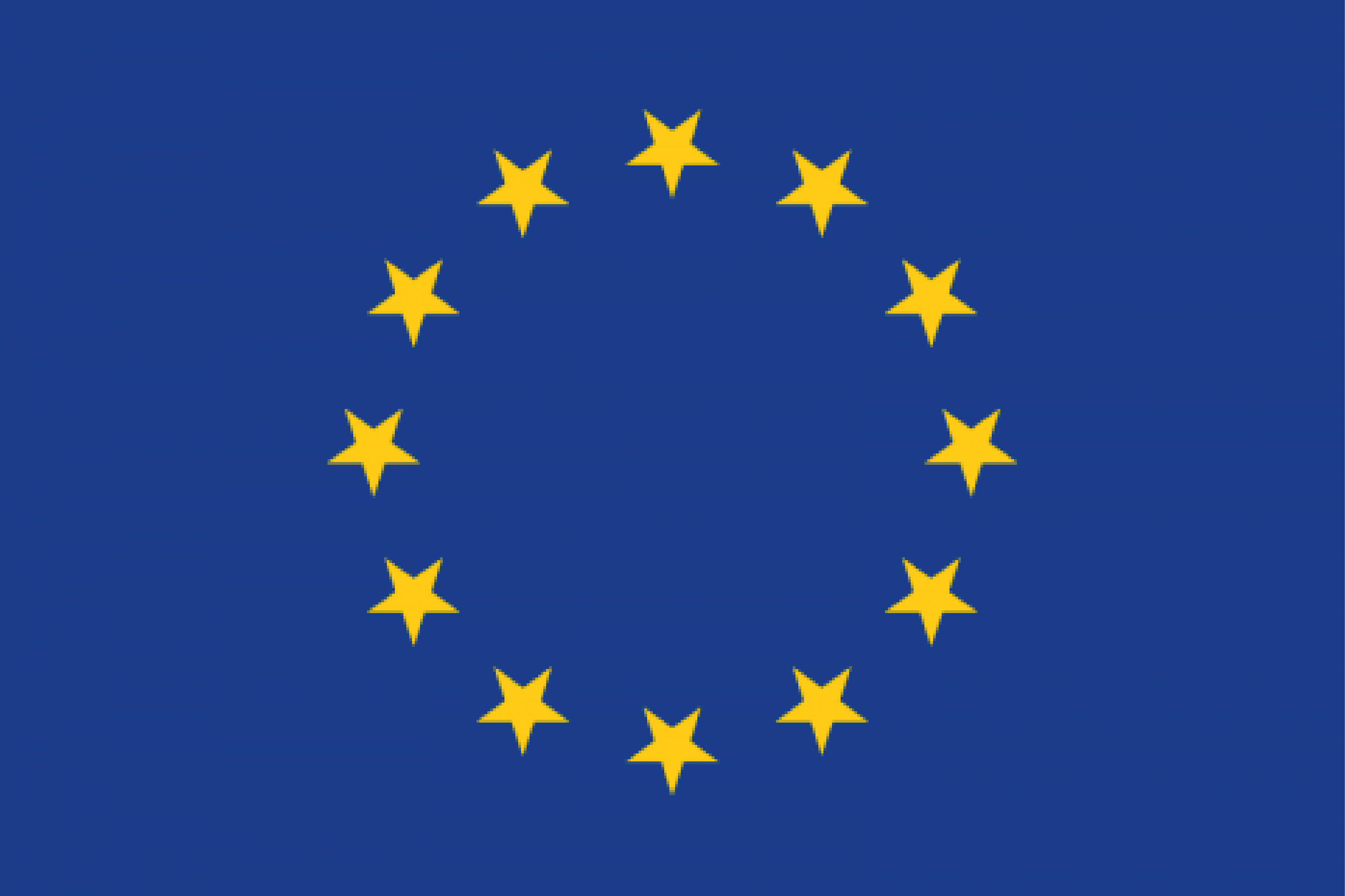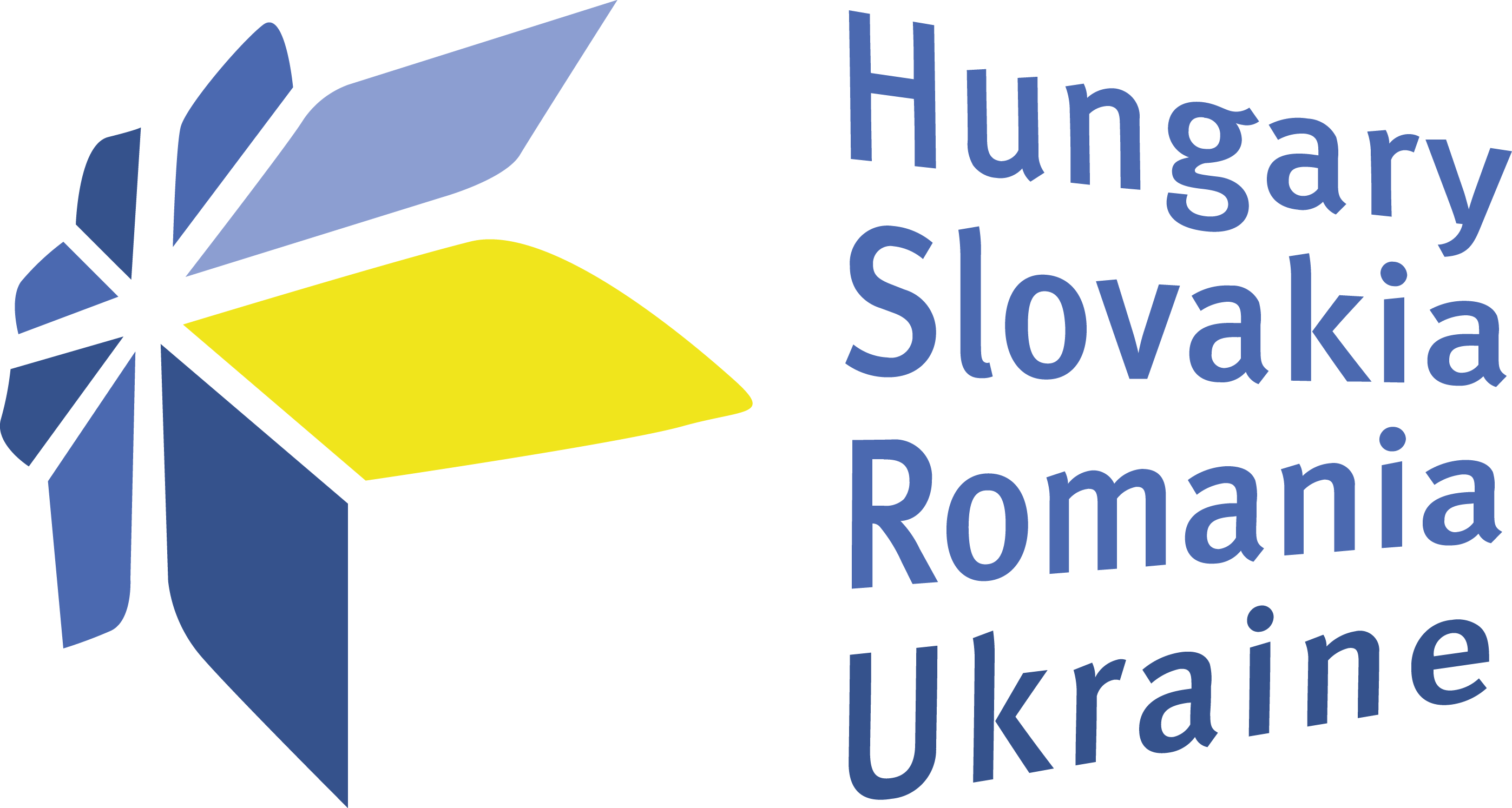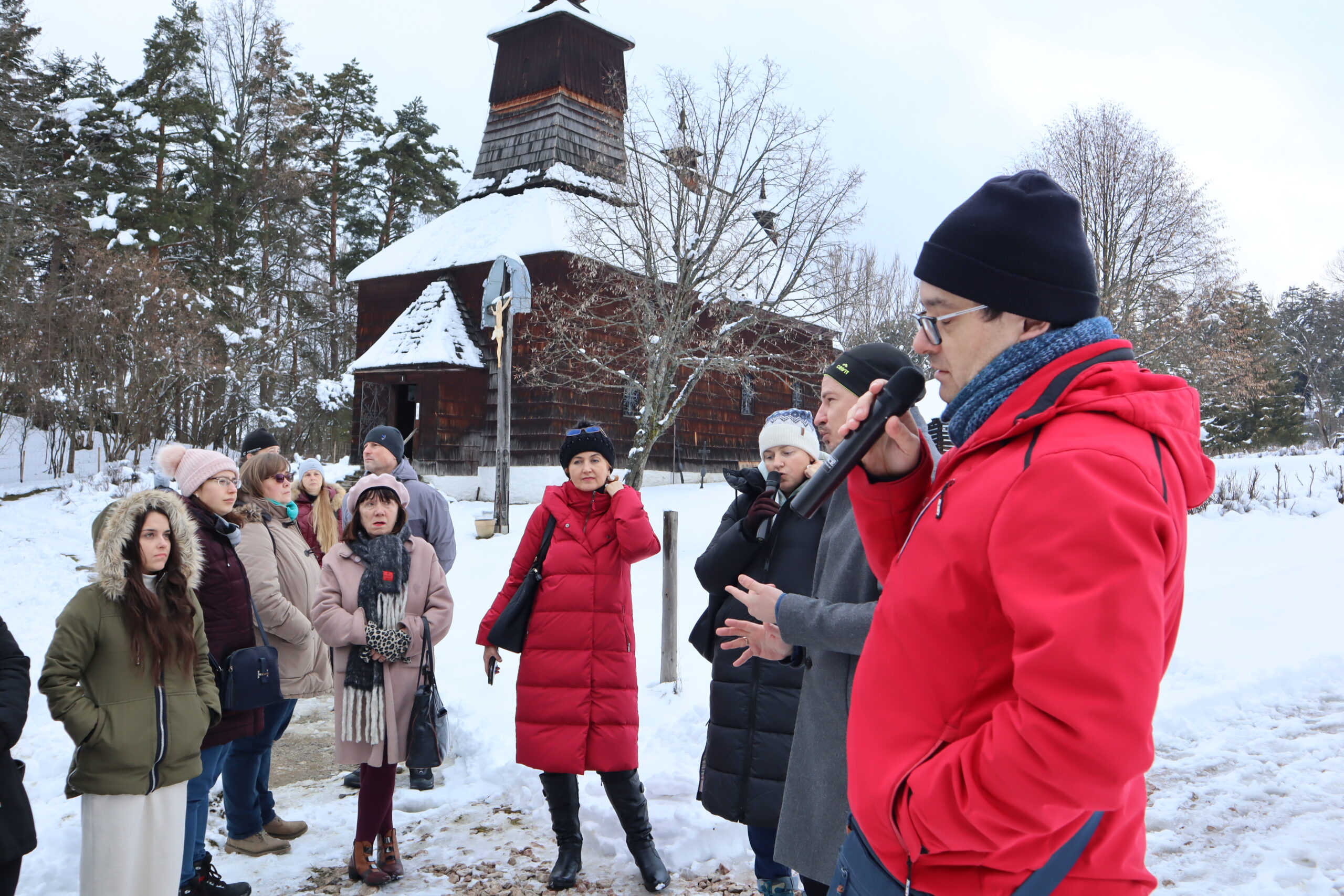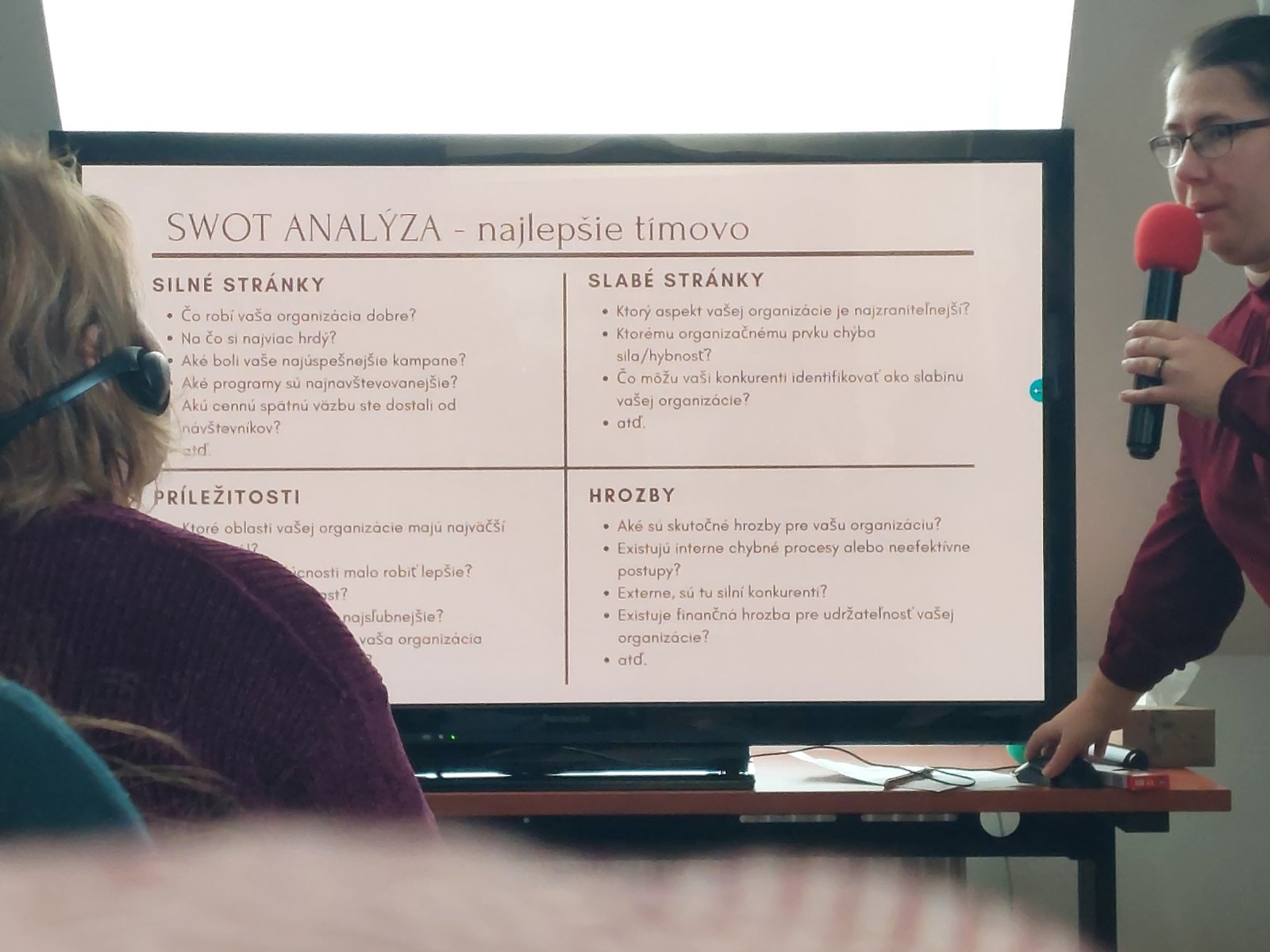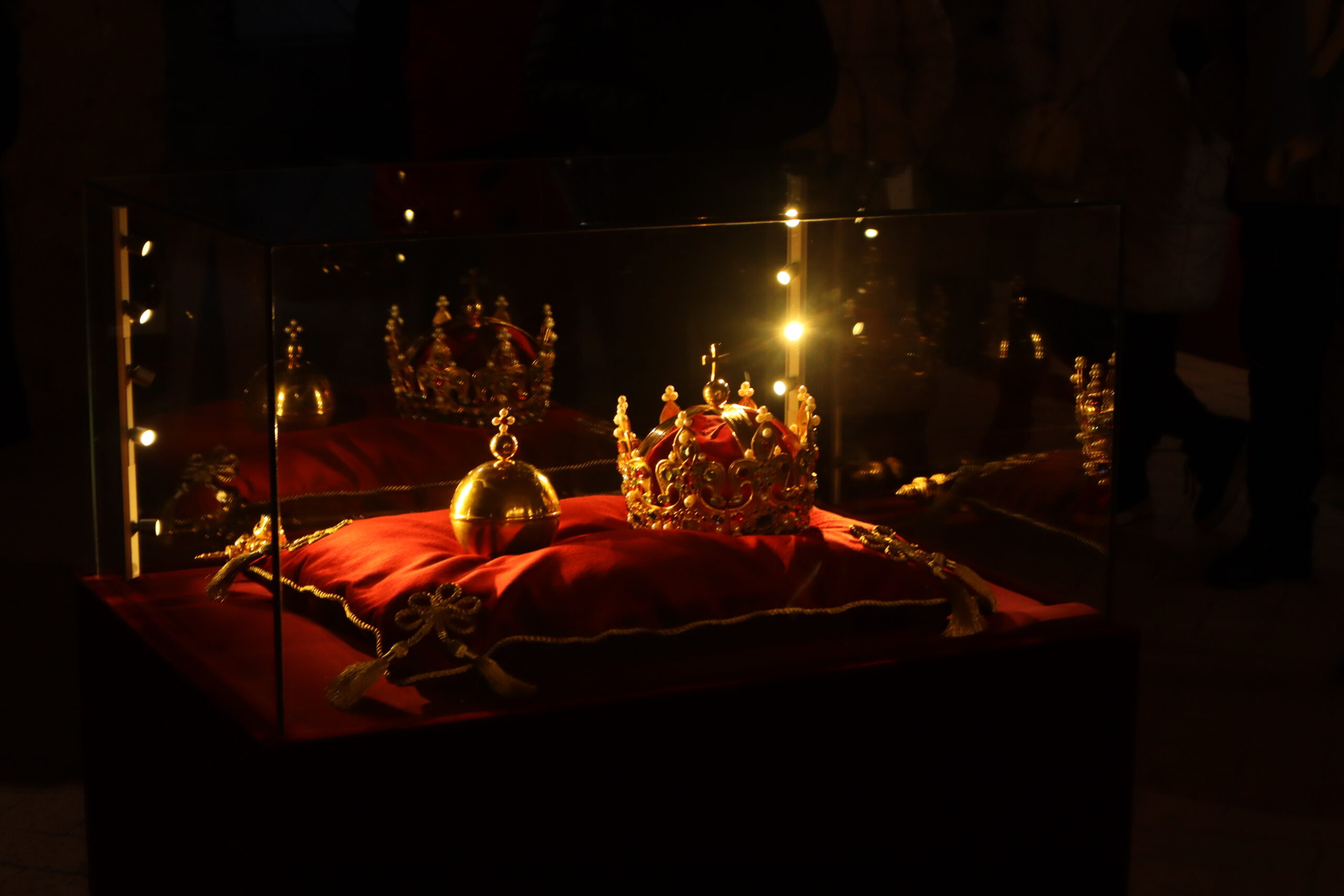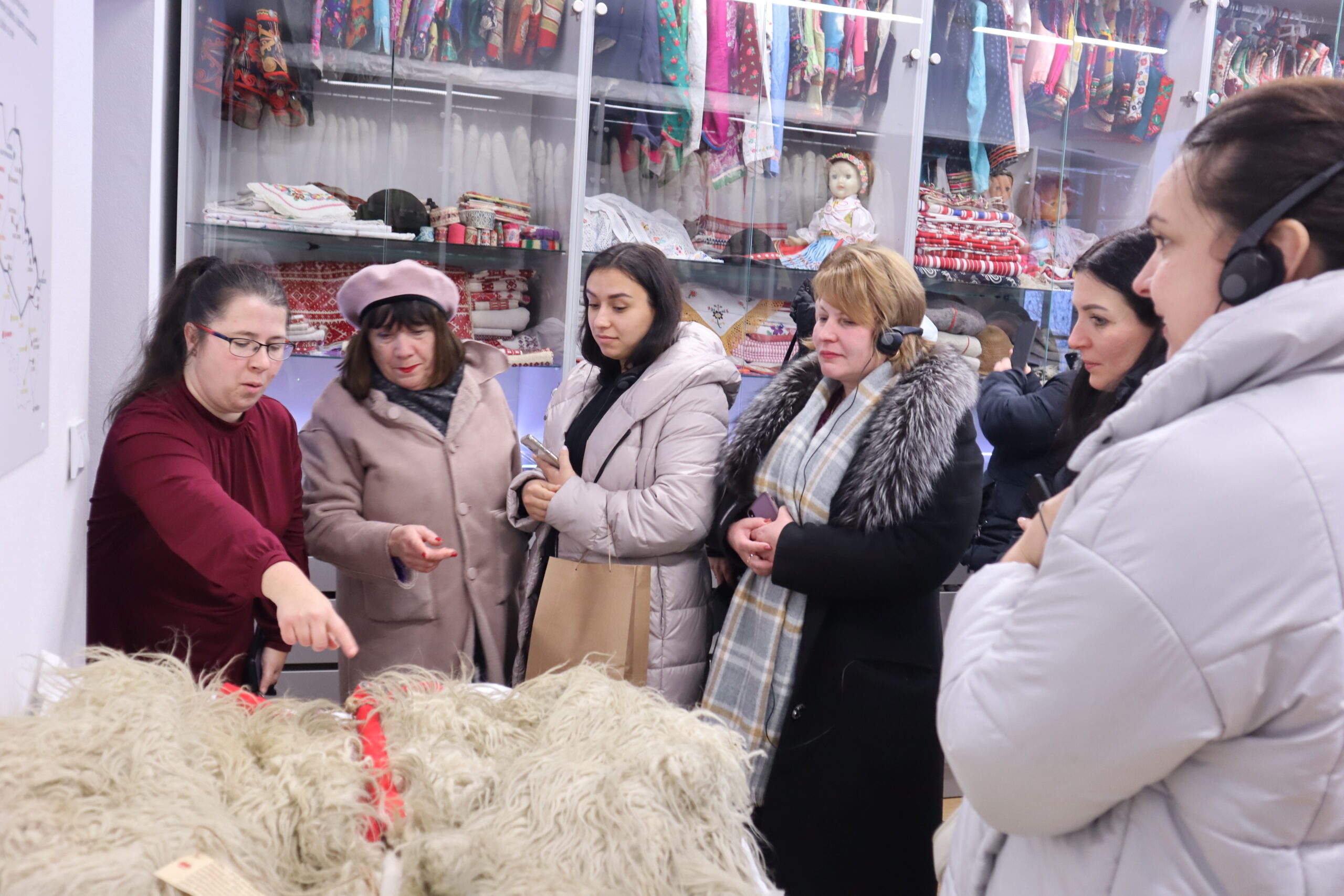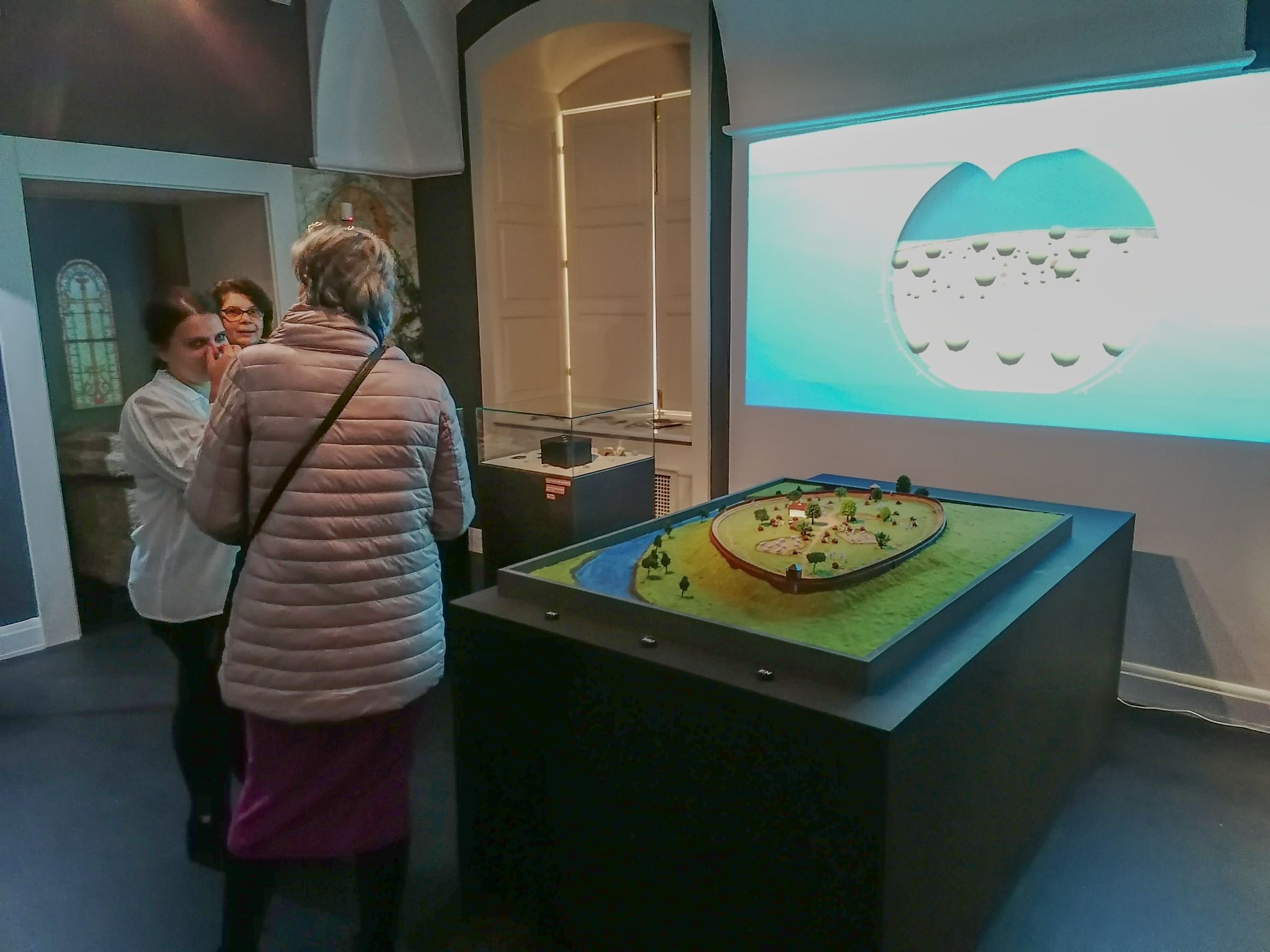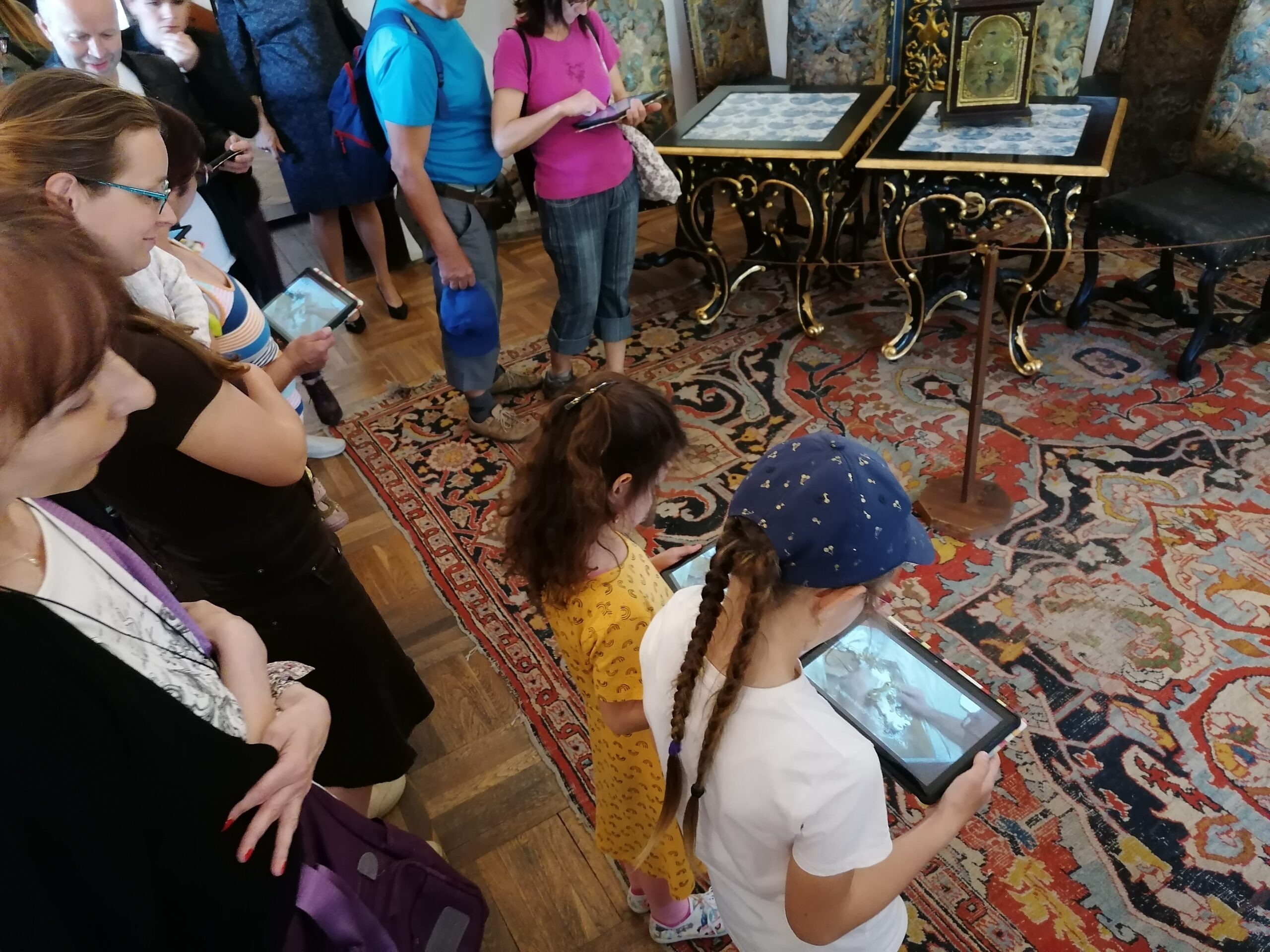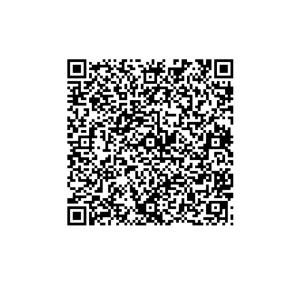Ľubovňa Castle is special for its unique replicas of the crown jewels from Poland, is linked with two Spanish princesses and the place where Móric Beňovský was imprisoned. It is a castle that is visited by thousands of visitors every year. The first of a series of cross-border trainings for museum employees was also held on the premises of the castle in Stara Ľubovna.
Marketing and its specifics at the museum
Getting attention today is not just the domain of big companies. Even cultural facilities try to innovate, engage visitors and convey the best possible experience to the general public. Good guides play a big role in the museum experience, but how to attract new visitors?
#1 Organizational analysis
Research is an essential stage in the development of a marketing plan. This phase is often skipped and one goes straight to action marketing activities. However, according to the trainers, the first step in developing any plan is to take an analytical look at your own museum.
Museum marketing should reflect strengths and weaknesses. The strengths of the museum may include its location, objects or focus. What makes the given museum unique? Of course, it is necessary to communicate the advantages of the museum to the outside world, and it is possible to create world uniques from the strengths of the museum.
It is important to pay attention to the minuses of the museum. One bad thing can spoil all the strengths of the museum and everything that the museum has worked hard to create.
#2 Unique
The analysis should show how the given product, service or brand fulfills a specific need of the visitor in a unique way, as competitors do not. Audience analysis is also important, and should clearly and concisely identify how the organization will reach a wider audience. What distinguishes the organization from other similar organizations? What can you offer your target group?
The result should be a catchy tip that evokes the image of your brand in the minds of customers.
#3 Competition vs. an opportunity
It’s good to know your competition, but it doesn’t necessarily pose a threat to the museum. On the contrary, the potential of a tourist attraction in the vicinity can create an opportunity and result in cooperation. At the castle in Stara Ľubovna, they turned their 15 km distance to Poland and the proximity of other castles in the area into an advantage.
#4 Another point of view
Look at your activities through the eyes of a visitor, not through the eyes of a museum employee. What else do you miss in the museum, what would you like there?
Marketing and its specifics at the museum
Digital interactive elements in the museum can also greatly contribute to the uniqueness of the museum. Thanks to the project, special lighting for collection items, a virtual mirror, touch screens and instrument sound were added to the Zemplín Museum in Michalovice. The museum visitor can see in the virtual mirror how he would look, for example, in period clothing or folk costume.
Visitors to the museum in Trebišov can view a 3D model of Parič Castle, whose original form has not been preserved.
As part of the project, the Dardanely manor house and summer house in Markušovce purchased tablets on which an application with bonus content, a virtual tour and an audio demonstration of the musical instruments on display is installed. Thanks to them, the visitor can see what cannot be shown directly due to the protection of the collection or for technical reasons.
The introduction of digital interactive elements into museums and the first of a series of training sessions for museum employees of the Košice region took place within the framework of the SMART MUSEUM cross-border project (financed by the cross-border cooperation program of ENI Hungary – Slovakia – Romania – Ukraine. The project is aimed at promoting the target historical places of the neighboring regions of Ukraine , Hungary and Slovakia.In the case of Slovakia, these are three museums in the Košice region.
